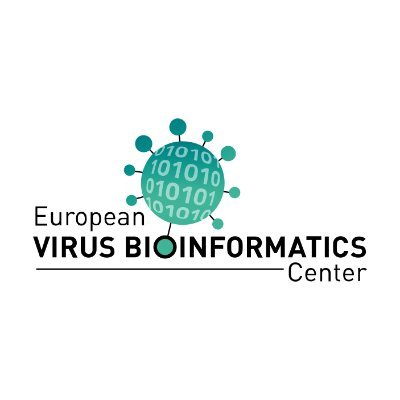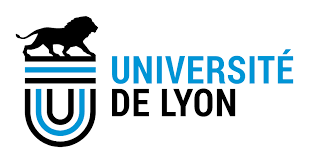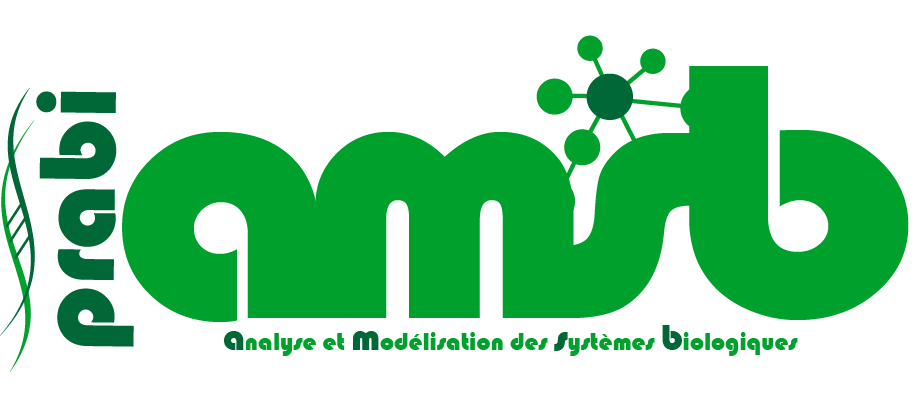VirHostNet 3.0: towards systems biology of virus/host interactions.
VirHostNet is a bioinformatic information system dedidacted to the biocuration, data integration, reproducible systems-level analysis and visualisation of Virus / Host protein-protein interactions Network based on graph theory. VirHostNet is an open and gold standard knowledgebase shared in PSI MITAB 2.5 format using the PSICQUIC webservice and distributed through the NDEx platform. VirHostNet is FAIR and is recognized as a COVID-19 ressource by Elixir bio.tools, the European Virus Bioinformatics Center and FAIRsharing.org (doi:10.25504/fairsharing.m3316).



Quick search
Quick search by using UniprotKb protein accession number and primary name, keyword annotation, NCBI taxonomy (taxon name/species name) or publication PMID and directly visualise their virus/host protein-protein interaction network based on the Cytoscape.js graph theory javascript library.
Advanced preferences
If you use VirHostNet ressource in your publication, please cite:
VirHostNet 2.0: surfing on the web of virus/host molecular interactions data.
Thibaut Guirimand, Stéphane Delmotte, Vincent Navratil
Nucleic Acids Research, Volume 43, Issue D1, 28 January 2015, Pages D583–D587
https://doi.org/10.1093/nar/gku1121
See here publications citing virhostnet.
Blast protein sequence search
Protein sequence(s) search using blastp (Altschul et al. 1990) against a VirHostNet interacting protein sequences database (viruses + host sequences).
Browse by Viruses taxonomy.
Browse Virus/Host (VH) protein-protein interaction dataset according to taxonomy lineage of viruses (Baltimore/Family/Species/Leaf taxon).
Browse by Keywords annotations
Browse Virus/Host (VH) protein-protein interaction dataset according to Uniprotkb keyword annotation.For each category, the number of annotated proteins (#Annotated proteins), protein interacting with those proteins (#Interacting proteins) and the number of virus/host, virus/virus protein-protein (#Virus/host interactions) are provided.
Quick access to :Interology web service
The Interology web service facilitates the prediction and the visualisation of virus-virus and virus-host protein-protein interactions from raw primary protein sequences (virus or host protein in .fasta format).Network summary.
VirHostNet model virus/host interactome as an undirected graph both for visualisation and data exploration. Indeed, graph theory provides some metrics which are helpfull to rank host and viral proteins according their centrality and their location within the whole set of possible interactions identified experimentally. The viral degree of a protein (kv) represents the number of viral partners of a protein.The host degree of a protein (kh) represents the number of host partners of a protein.
The Figures below are drawn directly from the virhostnet backend with the d3 data-driven document, javascript library.
In this release of VirHostNet, a total of host proteins are annotated to physically interact with at least one viral proteins (kv >=1) and might be considered as viral host factors. A total of and host proteins were allready found to interact experimentally with at least 2 (kv >=2) and 10 (kv >=10) viral proteins respectively.
Human data
In this release of VirHostNet, a total of human proteins are annotated to physically interact with at least one viral proteins (kv >=1) and might be considered as viral host factors. A total of and human proteins were allready found to interact experimentally with at least 2 (kv >=2) and 100 (kv >=100) viral proteins respectively.
Expert biocuration of virus/host protein-protein interactions
Since 2006, the VirHostNet team is involved in the manual biocuration of virus/host and virus/virus protein-protein interactions by following international standard (MITAB 2.5 format). VirHostNet use a fast biocuration process (Accession Number of proteins, Experimental methods, PMID) and is complementary to more in depth biocuration actions including those promoted by the IMEX consortium (MITAB 2.7 format).
The Figure below is drawn with the rickshaw javascript toolkit.
| Year | PMID | Title | Authors | Journal | #vp | #hp | #ppi | #ppi(nr) | PSI-MI |
|---|---|---|---|---|---|---|---|---|---|
| Year | PMID | Title | Authors | Journal | #vp | #hp | #ppi | #ppi(nr) | PSI-MI |
Advanced search preferences
protein-protein interactions filters






virus/host data origin filters











